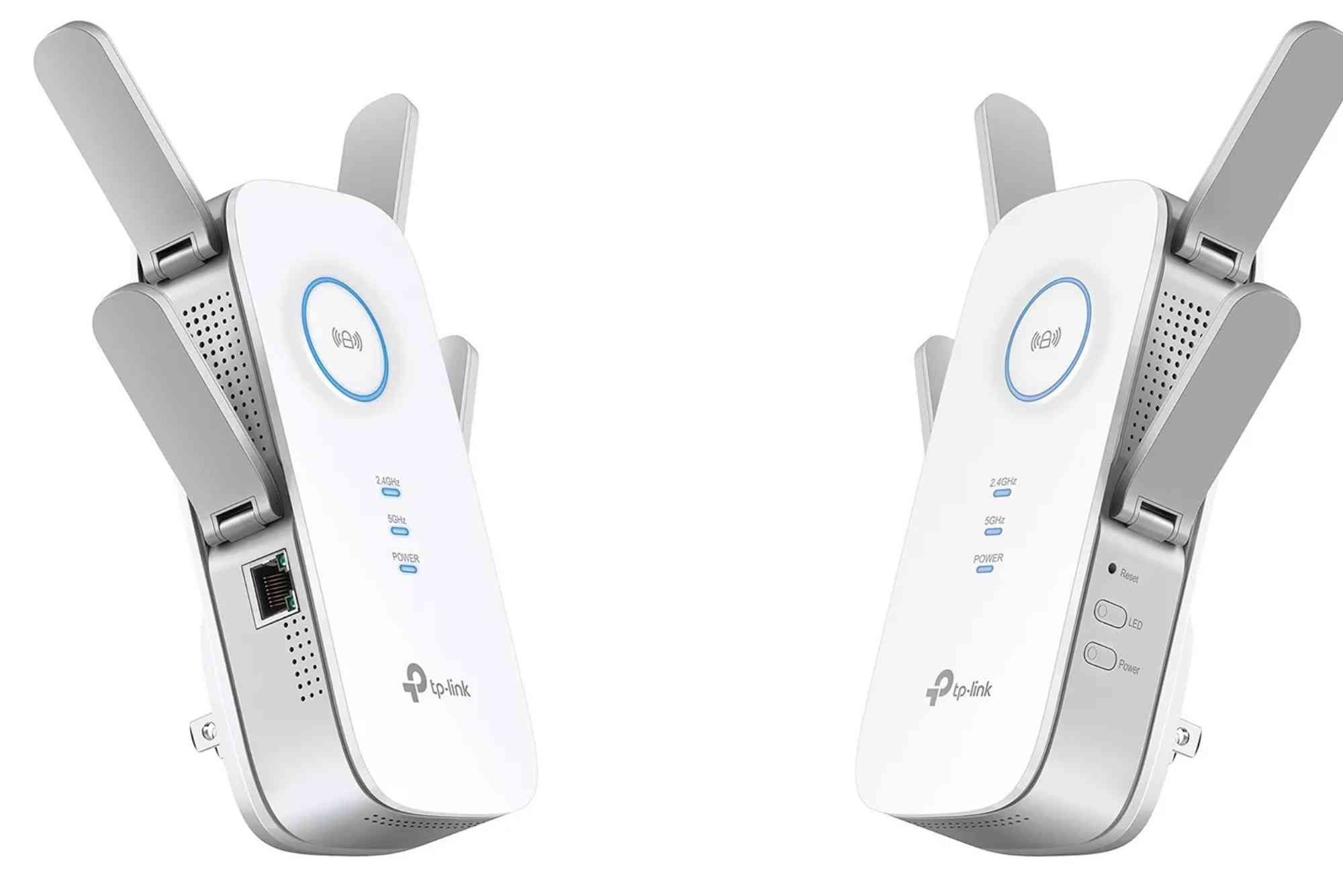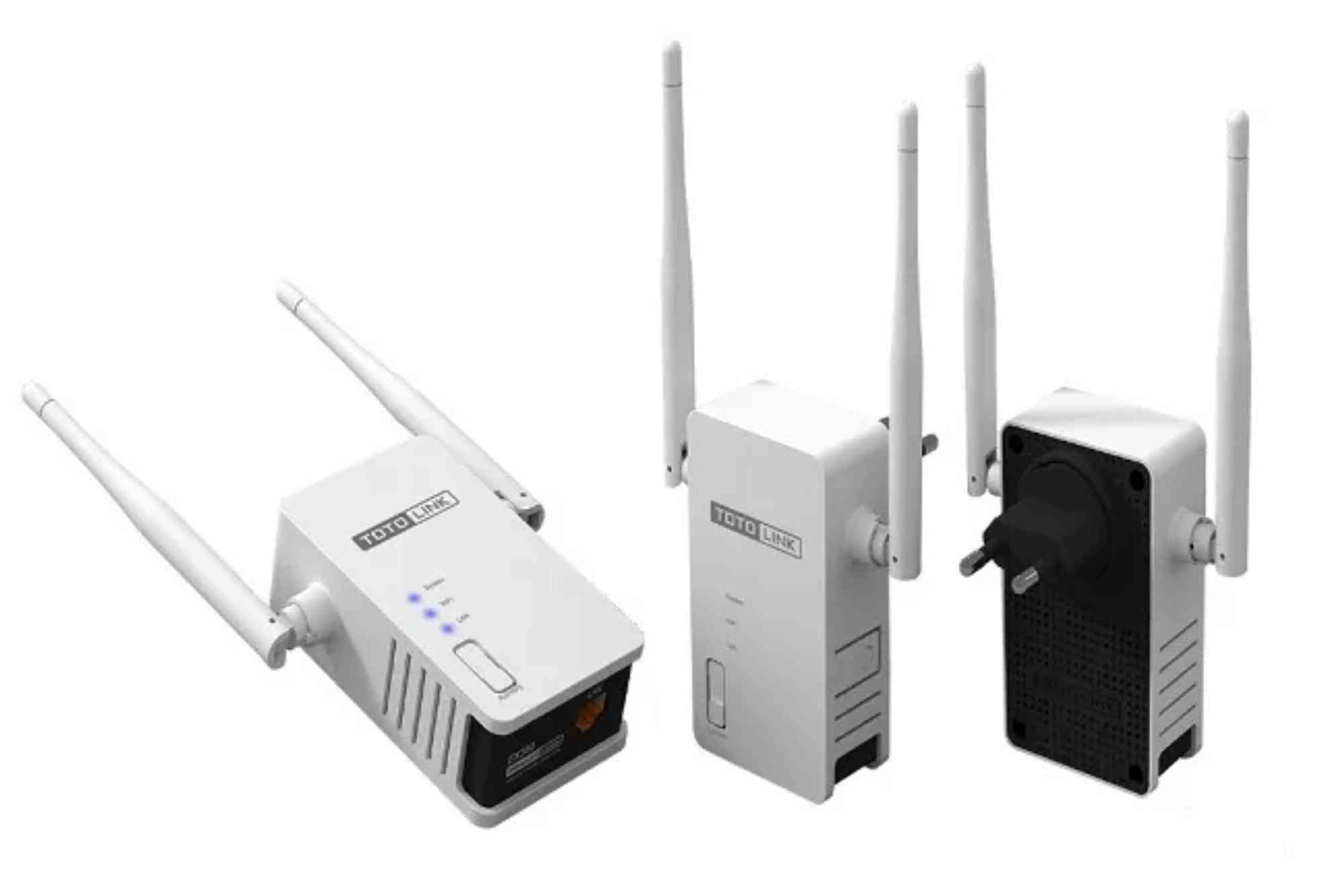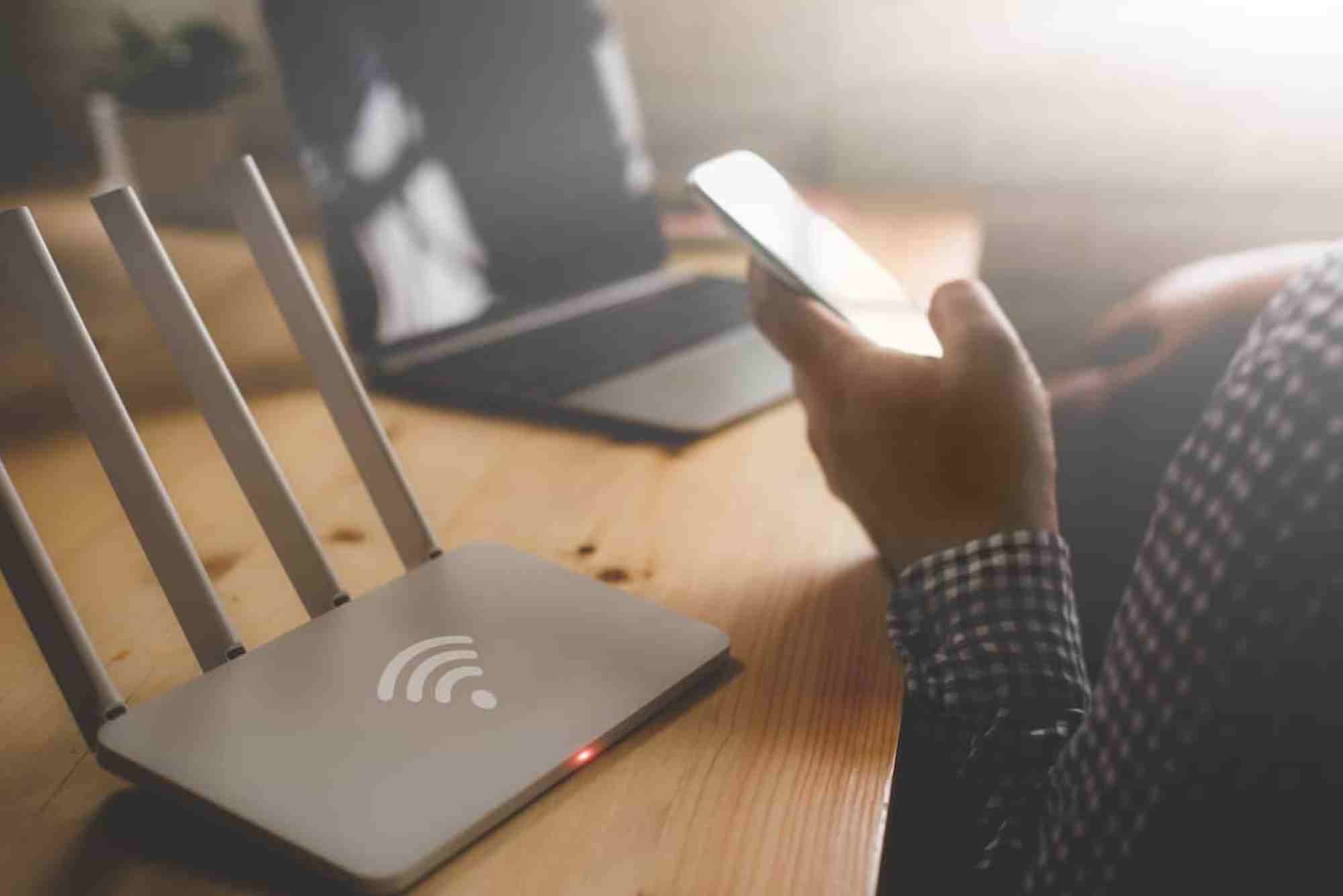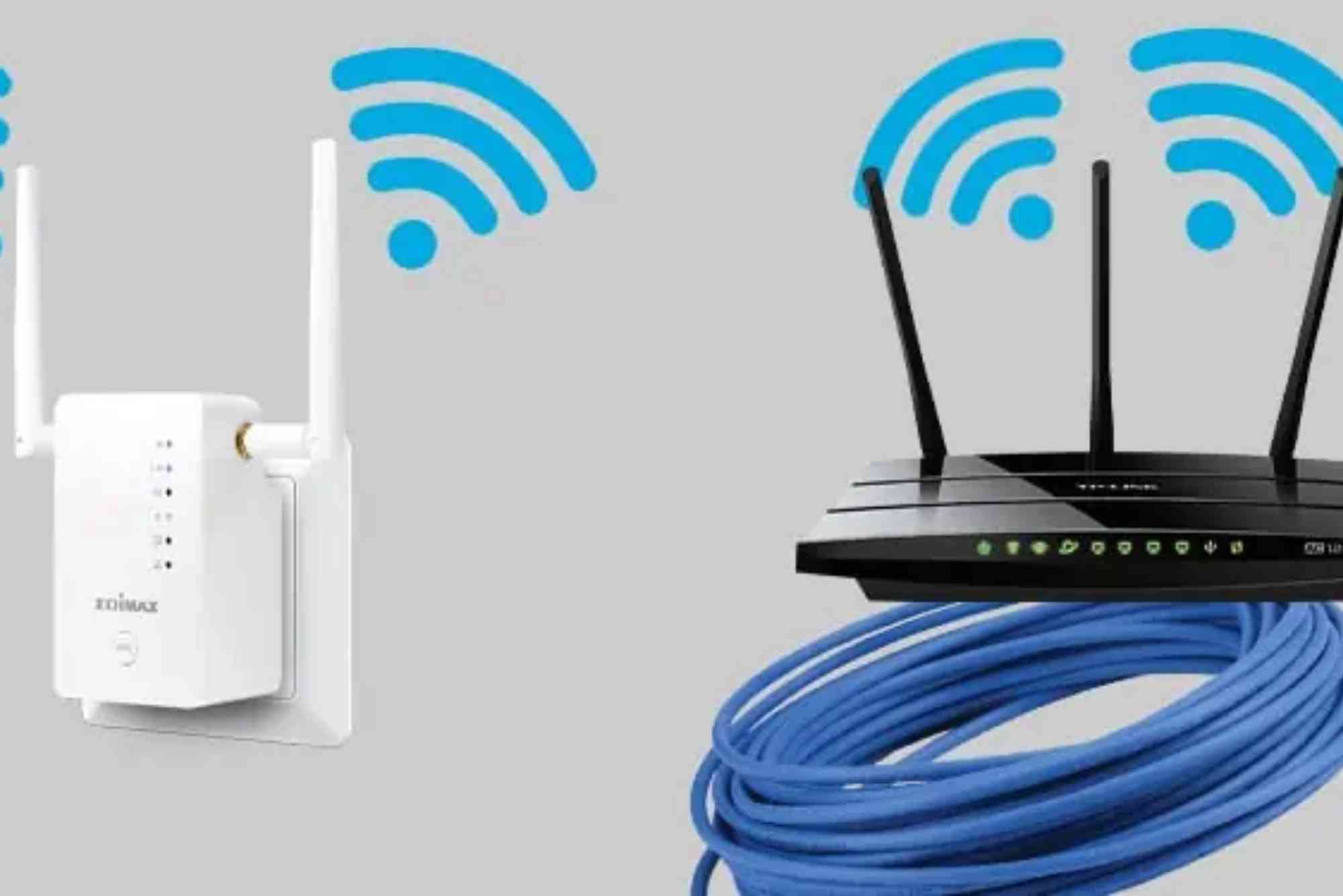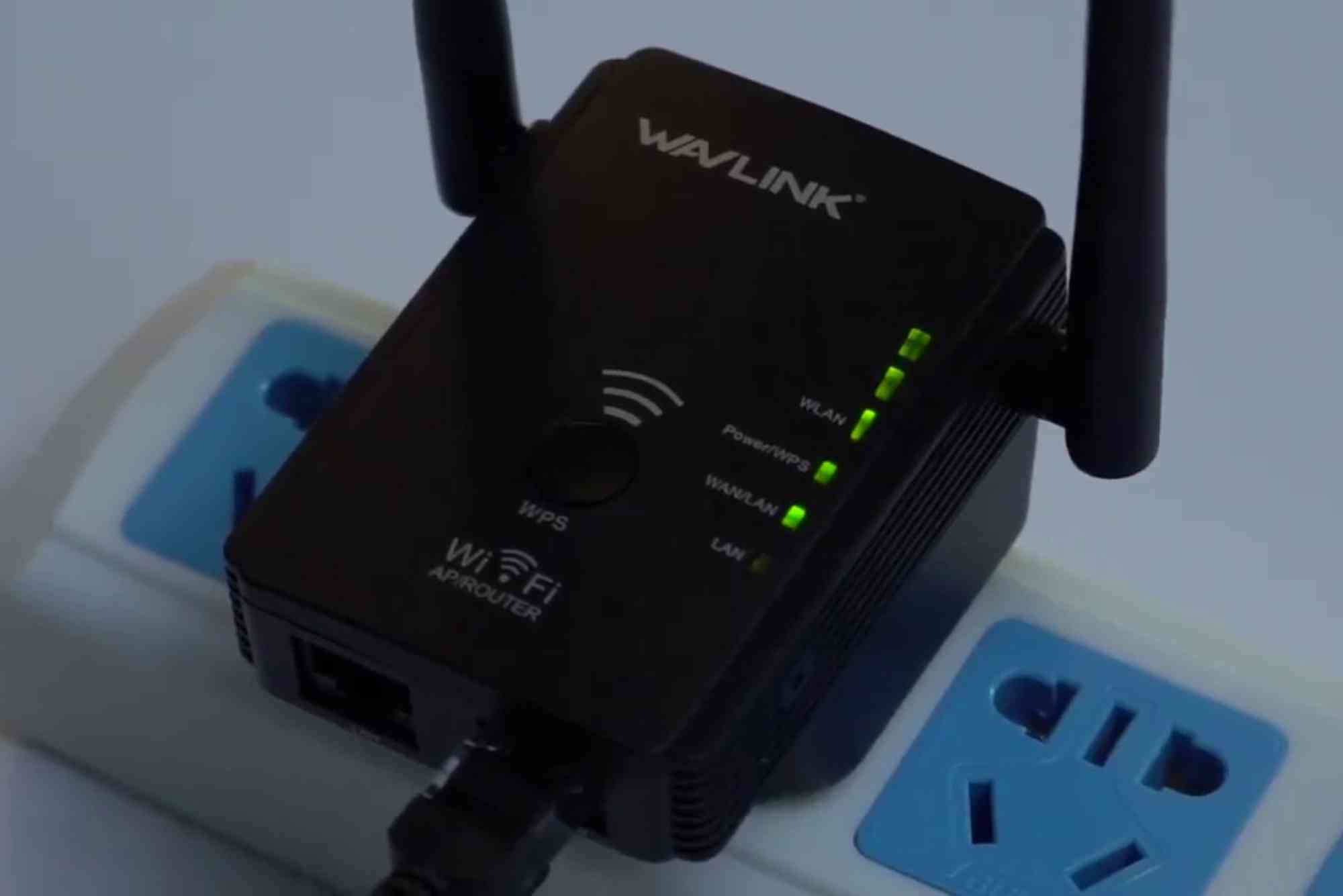Router Not Connecting to Internet? Here’s How to Fix It
When your router refuses to connect to the internet, it can feel like the world has stopped. From streaming your favorite shows to attending online meetings, everything depends on a stable internet connection. The good news is that this issue is often easier to solve than it looks. Whether it’s a simple glitch, a hardware problem, or a configuration issue, you can troubleshoot it effectively at home.
Why Your Router May Not Connect to the Internet
Before jumping into solutions, it’s important to understand why routers fail to connect. Most issues fall into a few common categories.
Internet Service Provider (ISP) Issues
Sometimes the problem isn’t your router but your ISP. Scheduled maintenance, outages, or disruptions can prevent your router from accessing the internet.
Hardware Glitches
Routers, like all electronic devices, may freeze or malfunction due to overheating, outdated firmware, or physical damage.
Misconfigured Settings
If settings like DNS, IP addresses, or passwords are incorrectly configured, your router won’t establish a proper connection.
Cable and Connection Problems
Loose, damaged, or incorrectly placed cables often cause connectivity failures. Even small issues with power or Ethernet cords can disrupt service.
Overloaded Network
Too many devices connected at once can overload the router, making it unable to handle the demand effectively.
Fix Router Not Connecting to Internet
Here’s a practical approach to resolving router connectivity problems.
Restart Your Router and Modem
The first and simplest fix is restarting your router and modem. This clears temporary glitches and resets the connection with your ISP. Power off both devices, wait 30 seconds, then turn them back on.
Check Cables and Connections
Inspect all cables connected to the router and modem. Replace any damaged ones and ensure everything is securely plugged in. If you’re using fiber or DSL, check the wall jack as well.
Verify ISP Status
Visit your ISP’s website using mobile data or call customer support to confirm if there’s an outage. If so, you’ll have to wait until service is restored.
Update Router Firmware
Routers need updated firmware to run smoothly. Access your router’s settings through its IP address (usually 192.168.1.1 or 192.168.0.1) and check for firmware updates. Installing the latest version often fixes compatibility and security issues.
Reset Network Settings
If your router settings were changed, a reset can restore them. Use the small reset button on the back of the router. Hold it down for 10–15 seconds until the lights blink. Keep in mind this will erase custom settings.
Configure DNS and IP Settings
Incorrect DNS or IP settings can cause issues. Log into your router dashboard and ensure automatic DHCP settings are enabled. For DNS, you can also try using Google’s (8.8.8.8 and 8.8.4.4).
Disconnect Extra Devices
If too many devices are connected, disconnect some temporarily. Overloaded networks can cause the router to fail at maintaining stable internet.
Test with Another Device
Sometimes the issue is device-specific. Check if another phone, laptop, or tablet connects to the internet through the same router. If it does, the problem lies with your device, not the router.
Contact Customer Support
If none of these steps work, call your ISP for advanced troubleshooting. They can test your line remotely and even replace faulty equipment.
Advanced Troubleshooting Tips
If you’re tech-savvy or the basic methods didn’t solve the problem, these advanced steps can help.
Assign a Static IP Address
Sometimes routers struggle to assign IP addresses automatically. Manually assigning one on your device may restore the connection.
Switch Frequency Bands
Modern routers offer 2.4GHz and 5GHz bands. If one band fails, try connecting to the other. The 2.4GHz is slower but more stable over long distances, while 5GHz offers faster speeds.
Replace Old Equipment
If your router is over five years old, it may no longer handle modern internet speeds and standards. Upgrading to a newer model can solve persistent issues.
Check for Interference
Microwaves, cordless phones, and other electronics can interfere with your Wi-Fi signal. Place your router in a central location away from such devices.
Preventing Router Connection Problems
Once you fix router not connecting to internet, you’ll want to prevent the issue from happening again.
Place your router in a well-ventilated area to avoid overheating.
Keep your firmware updated regularly.
Limit the number of devices connected at the same time.
Schedule occasional reboots to keep it running smoothly.
Consider professional-grade internet service providers like Dhanote Internet Services if you want consistent, high-quality connectivity.
When your router stops connecting to the internet, it can be frustrating. But with the right steps, you can usually fix the problem quickly without waiting for a technician. From simple restarts and checking cables to advanced settings like DNS configuration, these solutions cover most common issues. Regular maintenance and choosing a reliable provider such as Dhanote Internet Services can also ensure your internet stays smooth and uninterrupted.
If you’re still struggling after trying these fixes, don’t hesitate to reach out to your ISP for professional help. Getting back online is often just a matter of finding the right solution at the right time.
FAQs
Why does my router say “Connected but no internet”?
This often means your device is connected to the router, but the router itself cannot reach your ISP. Restarting your router or contacting your provider usually solves it.
How do I know if my router is broken?
If your router doesn’t power on, constantly drops connections, or overheats, it might be defective. Try resetting it before considering a replacement.
Should I reset or reboot my router?
Rebooting clears temporary issues and is usually enough. Resetting should be the last step, as it erases all custom settings.
Can too many devices cause my router to stop working?
Yes, when too many devices connect at once, it can overload the router and cause connectivity failures. Disconnecting some devices often fixes it.
How often should I update my router firmware?
Check for updates at least once every few months. Regular updates improve security and fix performance issues.

